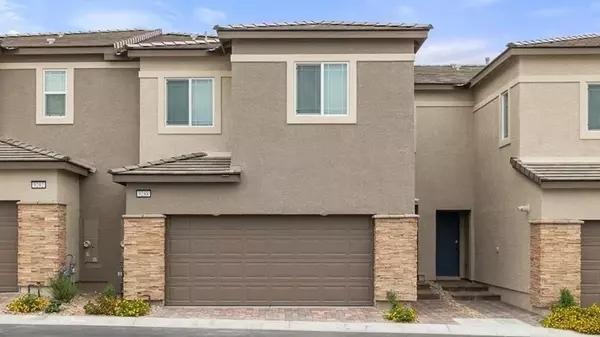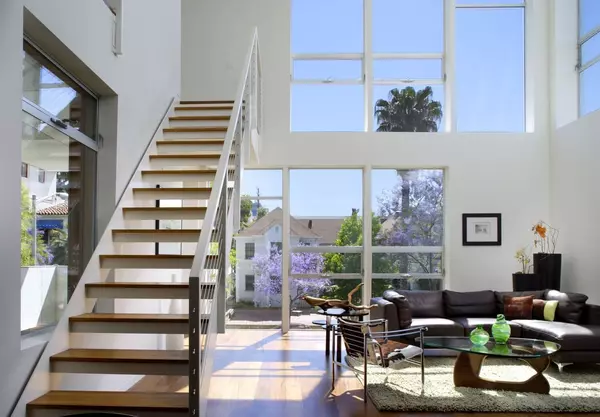Ohio Is Struggling in Affordability and Homebuilding: Can Governor DeWine Keep the Market Moving?

Ohio’s housing market reflects the country’s broader affordability divide—prices that remain moderate by national standards but a pace of construction that isn’t quite fast enough to meet demand.
The Realtor.com® State-by-State Housing Report Card gave the Buckeye State a C+, placing it in the middle of the pack. The report—part of the Let America Build campaign—evaluates how states balance homebuilding and affordability, and Ohio’s results suggest a market with potential that’s being held back by underbuilding.
But this is a national problem. In fact, President Donald Trump recently put pressure on homebuilders to increase construction nationwide, given the issues with construction in the country. In a post on his Truth Social platform in early October, he accused major builders of hoarding lots to prop up prices—likening them to OPEC, which restricts oil output to maintain high prices.
“They’re my friends ... but now, they can get Financing, and they have to start building Homes. They’re sitting on 2 Million empty lots, A RECORD,” Trump wrote. He urged Fannie Mae and Freddie Mac to intervene and “get Big Homebuilders going” to “restore the American Dream.”
So what can local government do to fix the problem?
Ohio’s “C+” grade explained
Realtor.com’s analysis gave Ohio a total score of 58.2. The state’s median listing price was $269,130 in 2024, paired with a median household income of $68,488—making it one of the more affordable states in raw dollar terms. The Realtors Affordability Score came in at a strong 0.89, one of the highest in the country, showing that many listings remain accessible for middle-income buyers.
But on the construction side, the story is less encouraging. Ohio accounted for 2.1% of national housing permits in 2024, compared with its 3.5% share of the U.S. population. That results in a permit-to-population ratio of about 0.6—well below the level needed to keep up with growth. The state’s new construction premium—the difference between new and existing home prices—was 91.1%, among the highest in the nation, suggesting that new homes cater mostly to higher-income buyers.
Realtor.com economists say that dynamic—affordable existing homes but limited new construction—keeps Ohio from climbing higher in the rankings. Without more diverse housing supply, the gap between what’s available and what’s affordable could widen over time.
The Midwest’s steady but uneven recovery
According to the Realtor.com New Construction Insights , new builds nationwide are gradually easing affordability pressures. The median new-home price held steady at $450,797, while resale prices rose 2.4%, narrowing the national new construction premium to just 7.8%, the lowest on record.
Regionally, the Midwest continues to post some of the country’s best affordability metrics, thanks to its relatively stable prices and slower population growth. Still, builders face challenges, from higher material costs to labor shortages that delay new projects.
“New builds continue to become more available and more affordable to the American homebuyer despite subdued single-family construction trends,” said Realtor.com senior economist Joel Berner. “But in markets like the Midwest, affordability improvements depend on sustaining the pace of new construction”.
Ohio’s largest metros—Columbus, Cincinnati, and Cleveland—show the same pattern: solid demand, stable prices, and a housing pipeline that hasn’t quite caught up.
“America is short more than 4.7 million homes, and every new home built helps close that gap while fueling local economies," says Shannon McGahn, executive vice president and chief advocacy officer at the National Association of Realtors®.
"NAR research shows that the U.S. has faced a persistent housing shortage for more than a decade, driving up prices and limiting options for buyers. Expanding housing supply creates jobs, supports small businesses, and affords families the opportunity to build generational wealth.”
Governor DeWine’s housing focus
Earlier this year, Governor Mike DeWine proposed two-year state budget would add more funding to building homes.
The governor’s state budget proposal would invest $100 million to the Ohio Housing Investment Opportunity Program in fiscal year 2026.
“This budget invests $100 million of the biennium and the infrastructure needed to increase available single and multi-family housing for rural communities, particularly rural communities along our borders, where economic development is driving increased demand,” DeWine said in a press conference.
By October, House Bill 96 was passed. As part of Ohio’s State Operating Budget, the $91.2 million in funding was allocated over the biennium for eligible entities to purchase qualifying residential properties and to rehabilitate or construct homes.
There is also $20 million in nonrefundable tax credits available through the biennium for qualifying rehabs and new construction once the property is sold.
“The Welcome Home Ohio Program continues to be one of the most impactful housing initiatives in our state,” said Representative Josh Williams in a press release after the vote.
“By expanding eligibility and providing new incentives for rehabilitation and construction, we’re helping families realize the dream of homeownership while strengthening neighborhoods and revitalizing communities across Ohio.”
This article was produced with editorial input from Dina Sartore-Bodo and Gabriella Iannetta.
Categories
Recent Posts











"My job is to find and attract mastery-based agents to the office, protect the culture, and make sure everyone is happy! "
